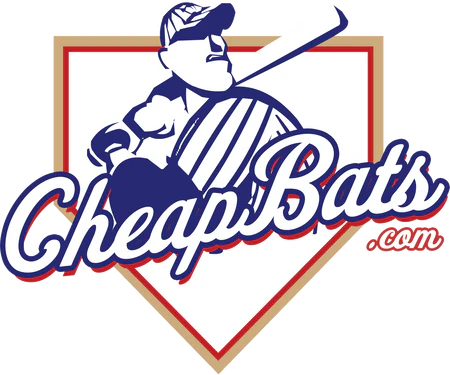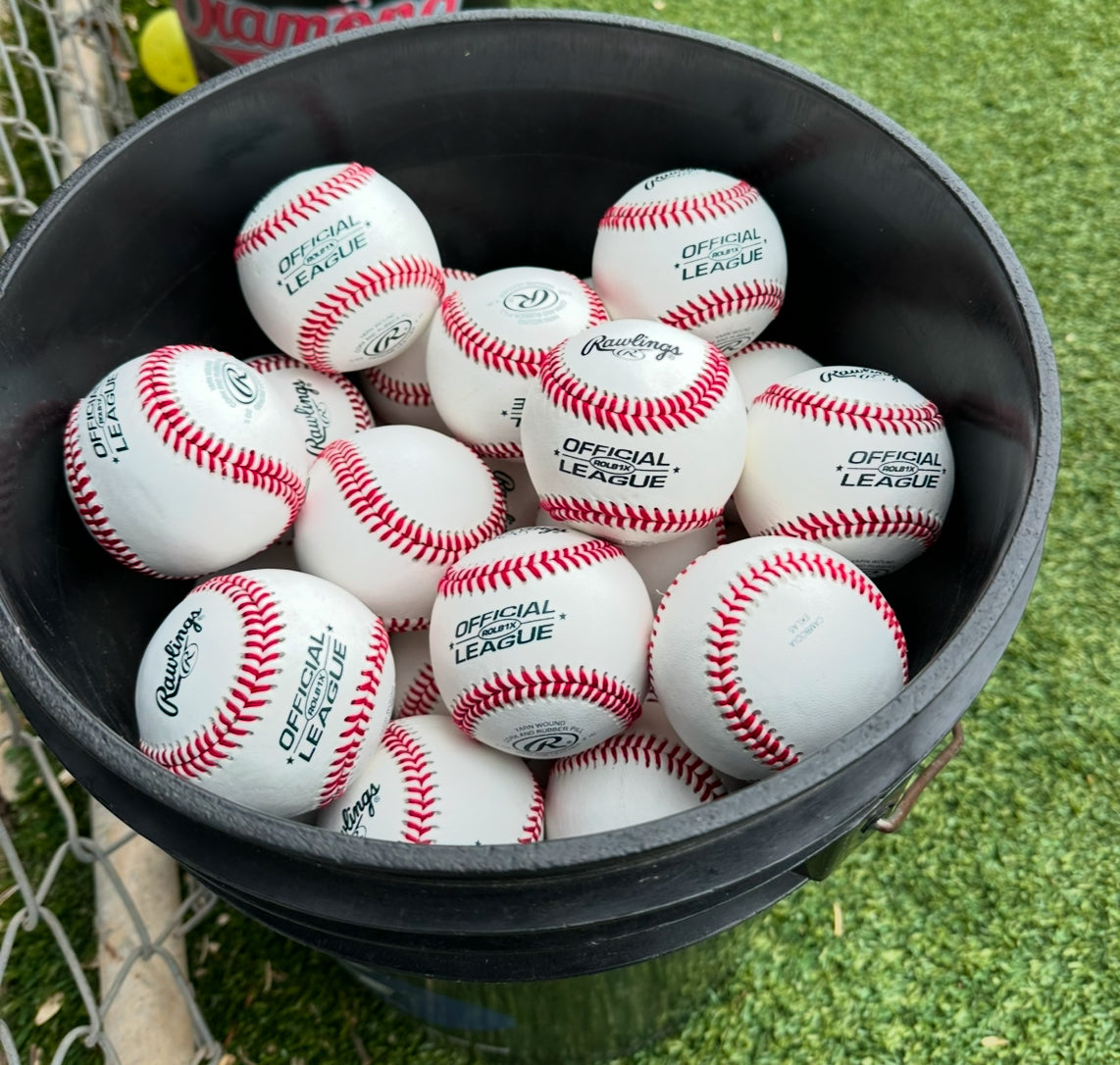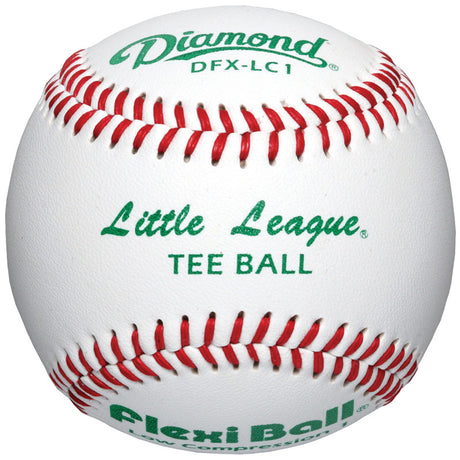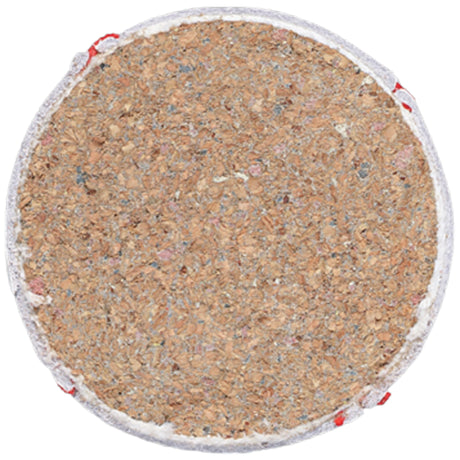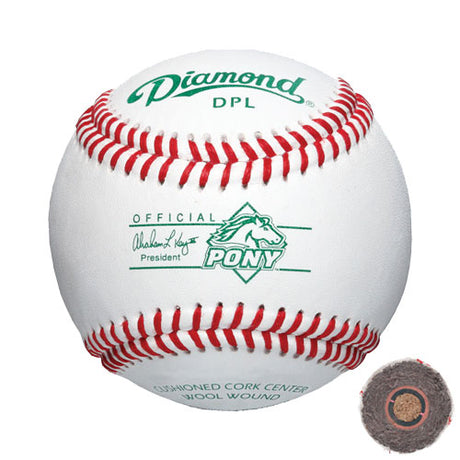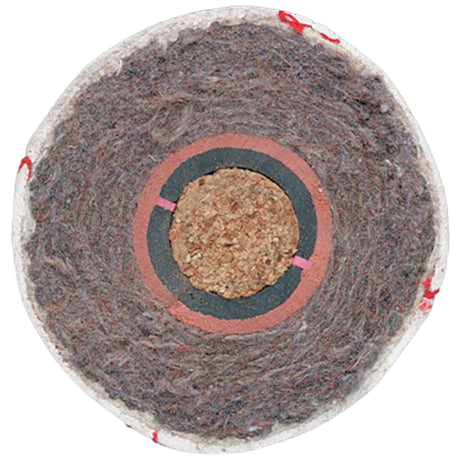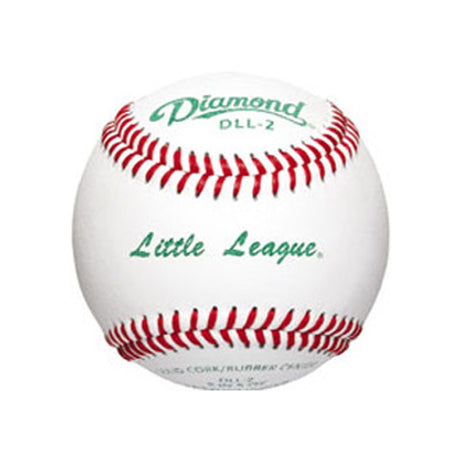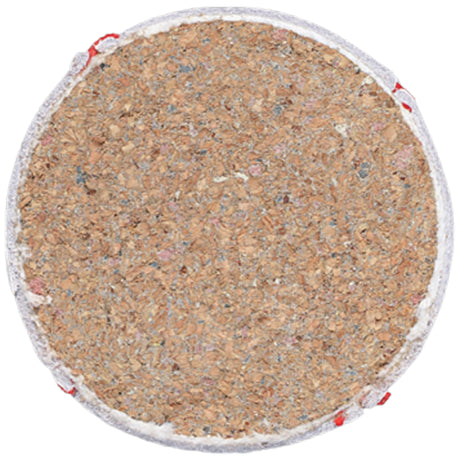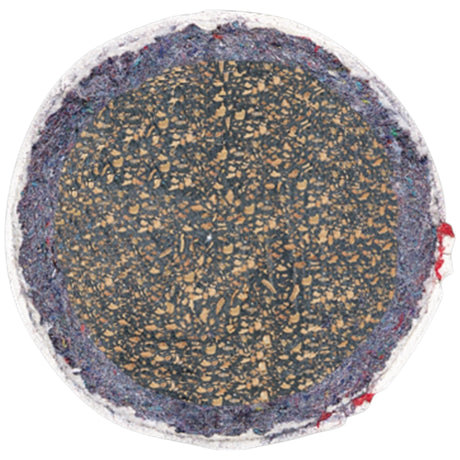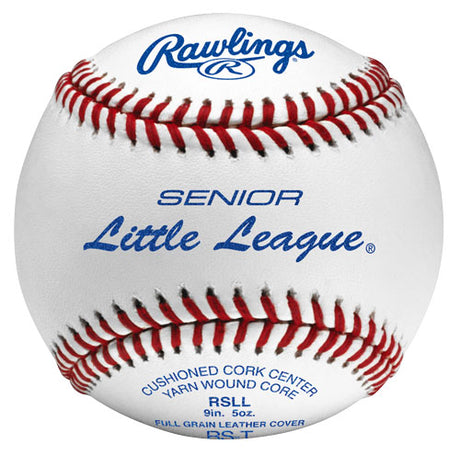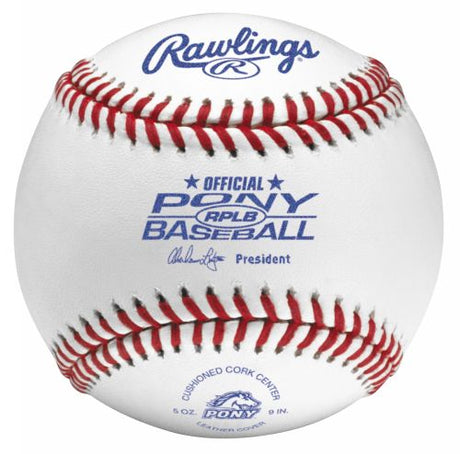Diamond
Diamond Blemished DOL-1 Official League Practice Baseball Dozen
Sale price $5987 Regular price $6999Unit price /UnavailableDiamond
Diamond DFX-LC1 LL Little League Tee Ball Dozen
Sale price $4499 Regular price $6999Unit price /UnavailableDiamond
Diamond DFX-9YL Flexi Ball/Soft Touch Batting Practice Baseball 10 Dozen
Regular price $58597Unit price /UnavailableDiamond
Diamond DLL-1 MC Little League Baseball 10 Dozen
Sale price $53599 Regular price $69999Unit price /UnavailableRawlings
Rawlings Dixie Youth League Baseball (Tournament Grade) RDYB (1 Dozen)
Regular price $6999Unit price /UnavailableDiamond
Diamond DMBP Pitching Machine Batting Practice Baseball (2 Dozen Pack)
Regular price $17997Unit price /UnavailableDiamond
Diamond DMBP Pitching Machine Batting Practice Baseball (10 Dozen)
Regular price $78997Unit price /UnavailableRawlings
Rawlings Baseballs RSLL (Tournament Grade) Senior Little League (1 Dozen)
Regular price $6999Unit price /Unavailable
